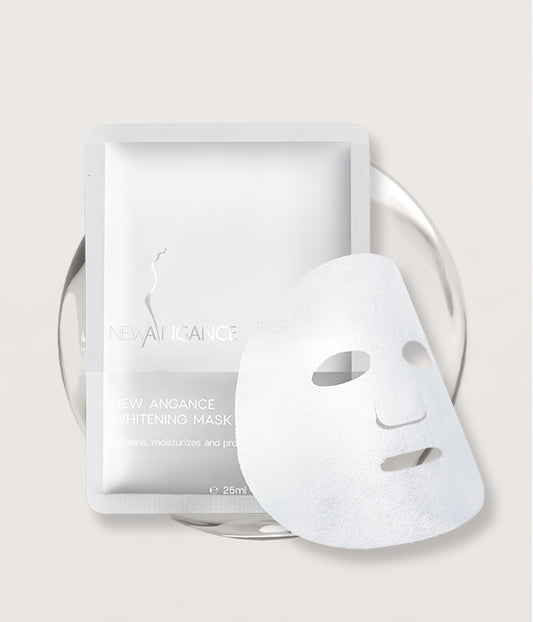Licorice is a herbaceous plant primarily known for its distinctively flavored root. Native to Southeast Asia, the United States, and Southern Europe, it is a key ingredient in the production of cosmetic products. This plant is rich in glycyrrhizic acid and flavonoids, making it very useful in soothing treatments for sensitive skin and for brightening the complexion.
Licorice has long been used medicinally for its anti-inflammatory, antioxidant, and antimicrobial properties. Its powder, extracted from its root, is now recognized in the beauty world as beneficial for the skin.




